Lucio Montecchio: the man who saves trees
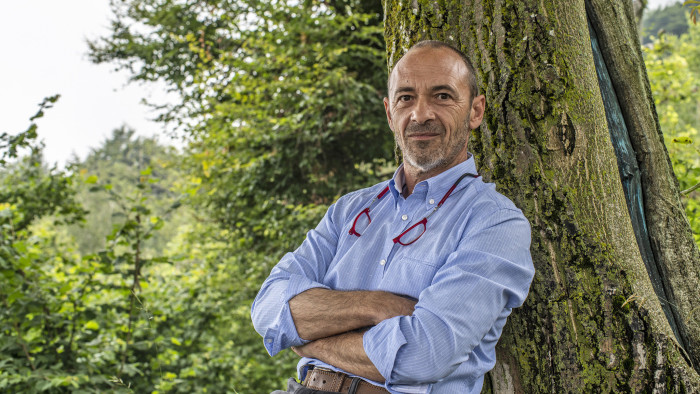
Roula Khalaf, Editor of the FT, selects her favourite stories in this weekly newsletter.
“Every tree is a forest plant,” Lucio Montecchio tells me. “When you take it out of the forest it is out of its native environment.” Montecchio is professor of tree pathology at the University of Padova in Veneto, northern Italy, but says a better job title would be professor of “tree fitness”. He is an evangelist, a man on a mission to raise awareness of the challenges facing the trees that we rely on, not just as objects of beauty in the landscape but for the essential role they play in the health of our cities and towns. His enthusiasm for his subject is irresistible, but shot through with concern for the threats posed to trees by climate change, pests and diseases and poor management.
Montecchio was born in 1963 in the town of Piove di Sacco, Padova province. “My family were poor, not academics. My father was a farmer and he was in love with trees”. Montecchio padre planted trees to increase the woodland, and felled trees too for winter fuel. Family walks in the Italian Alps exposed the young Montecchio to the changing characteristics of the forest through the seasons. “I have loved trees since my childhood. A tree is beautiful from every angle; they provide us with serenity. They have complex strategies for survival — every year the tree dies and is reborn.”
Work responsibilities mean that weekdays are mostly spent in an apartment in Padova, but in 2010 Montecchio and wife Monica were able to reconnect with his childhood love of the Alps. “We decided to buy a forest with a house inside, where the road ends.” The property covers 2 hectares at an elevation of 1,000m, with a simple two-storey home of 200 sq metres. The nearest shop is 12km away in the town of Valdobbiadene, famous for its prosecco wine, and the closest neighbour — a shepherd — is 3km away. “Chiara at the post office phones us when letters arrive at our post office box for collection. Our property is only accessible with a 4x4.”
The view to the south and west of the property is of the Alps, while down on the plain are vineyards and the river Piave. To the east, shimmering on clear days, is the Venice lagoon. “From spring to autumn early morning and late in the afternoon it’s a concert of birds here. If Meg [the dog] does not alarm them, from our windows we are used to seeing red deer, rabbits, foxes and ewes.”
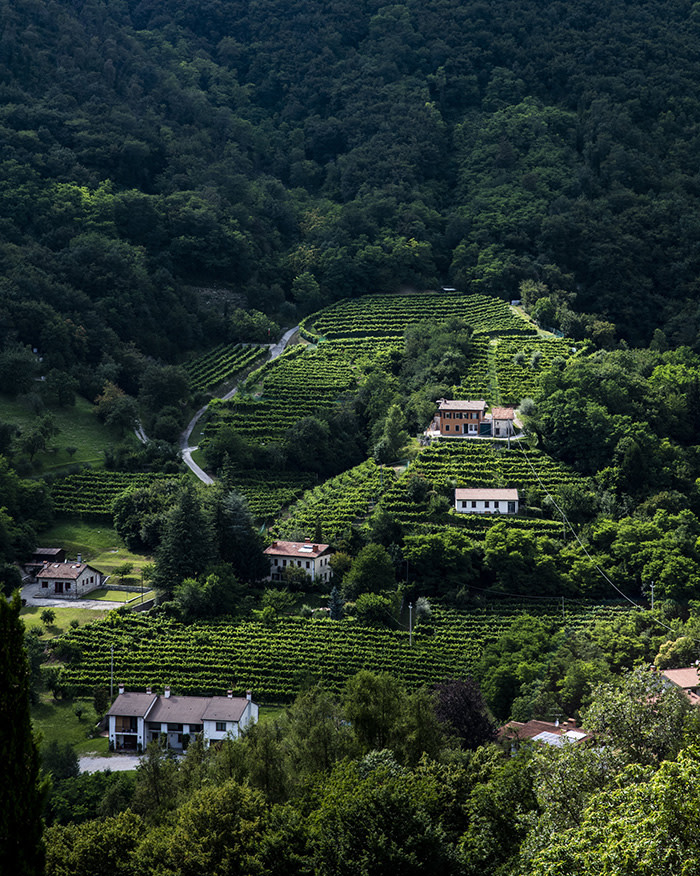
After buying the land, the Montecchios spent their first three years of ownership dismantling the abandoned wreck of the house that then stood there. “It was completely covered by trees and shrubs. Our neighbours called it ‘the dark hole’ .” Despite the unappealing name, the forest around the ruin was everything the couple had hoped for. “It was a dream, and we wanted a forest with a place to live, not the opposite.”
The Montecchios spent their weekends and holidays taking down two chimneys, removing tiles, ripping out plumbing and electrics and an old gasoline heater that “drank 3 litres per hour”. In winter, temperatures can drop to minus 17C, and Montecchio fells, cuts and splits the 6 tonnes of wood needed to heat the house and water. There are plans to install photovoltaic tiles to make the property self-sufficient for electricity.
Initially the self-build approach was driven by available resources, but the Montecchios enjoyed the time together building and working on the land and have continued to do so. They did, however, employ a specialist contractor to excavate 80 cubic metres of rock from one side of the house, moving the material to the back. “Now the snow doesn’t reach our windows any more, and we gained a place to put a table outside.” A patio and wood-fired barbecue have now been built in this space but the “tiles and time” to complete it are still lacking.
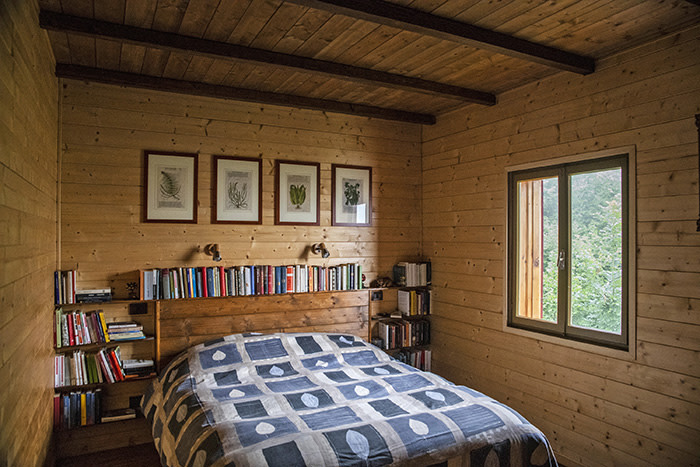
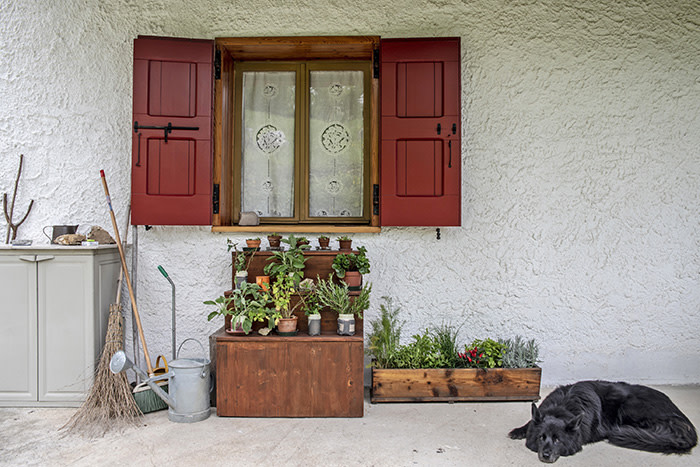
Inside, the couple have taken a similarly hands-on approach to their home. Wood panelling and kitchen cupboards have been installed but “the wardrobes are still missing the doors — we’ll do them this summer”. Unfinished it may be, but the simplicity of the materials used in the Montecchios’ mountain home feels appropriately unpretentious for its makers and for the surroundings.
Montecchio graduated from the University of Padova with a degree in forest sciences in 1988, and in 1992 joined the staff as a researcher. Author of more than 150 papers, his areas of research focused on tree health, including mutualism — the symbiotic relationship between fungus and tree roots — and endophitism, fungi and bacteria living on trees and producing toxins beneficial to them.
Another area of research concentrated on exotic pests and diseases, including those responsible for high-profile epidemics such as sudden oak death. For over a decade he has represented the Italian Ministry for Agriculture, Food and Forestry at EPPO, the European and Mediterranean Plant Protection Organization. Since 2016 he has been part of an eight-person panel on quarantine diseases at the International Plant Protection Convention.
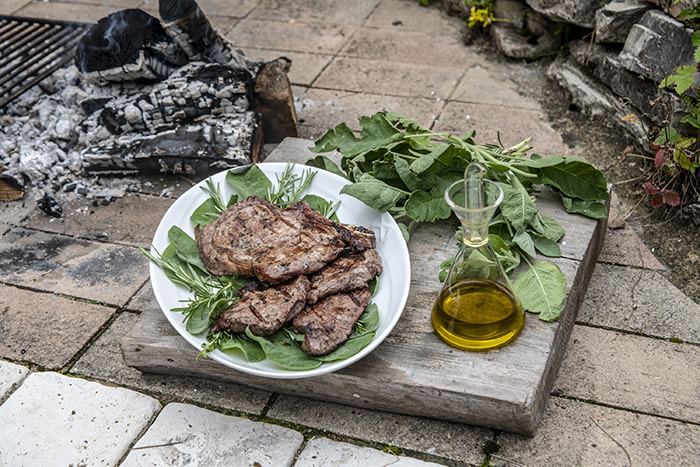
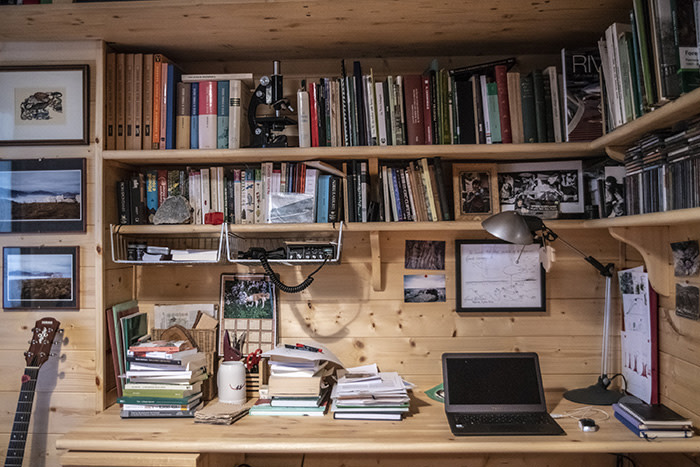
In 2012 Montecchio invented and patented a tool for endotherapy: a device that enables the injection of bio-stimulants, pesticides and fertiliser directly into the vascular system of a tree. “Trunk injection isn’t new — Leonardo da Vinci contemplated it — but with my tool there is no need to drill so it’s better for the tree.”
As little as 4ml-5ml of pesticide injected into a horse chestnut (Aesculus hippocastanum) might prevent the ugly and damaging impact of horse chestnut leaf mining moth, the pest that has spread across Europe in the past decade. Spraying a tree for the same pest would be expensive and time consuming to the point of being unviable. His invention and research mean that Montecchio is frequently on the road as an in-demand speaker and consultant.
His fascination for trees seems endless. “Every tree is a dynamic ecosystem, and beneath its skin there’s an unknown world.” He has two projects running to share the hidden world of trees to a wider public. One project monitors the hundreds of species of microflora living inside an ancient oak, and another, harnessing the technology of virtual reality, is aimed at showing what is inside the tree, above and below ground.
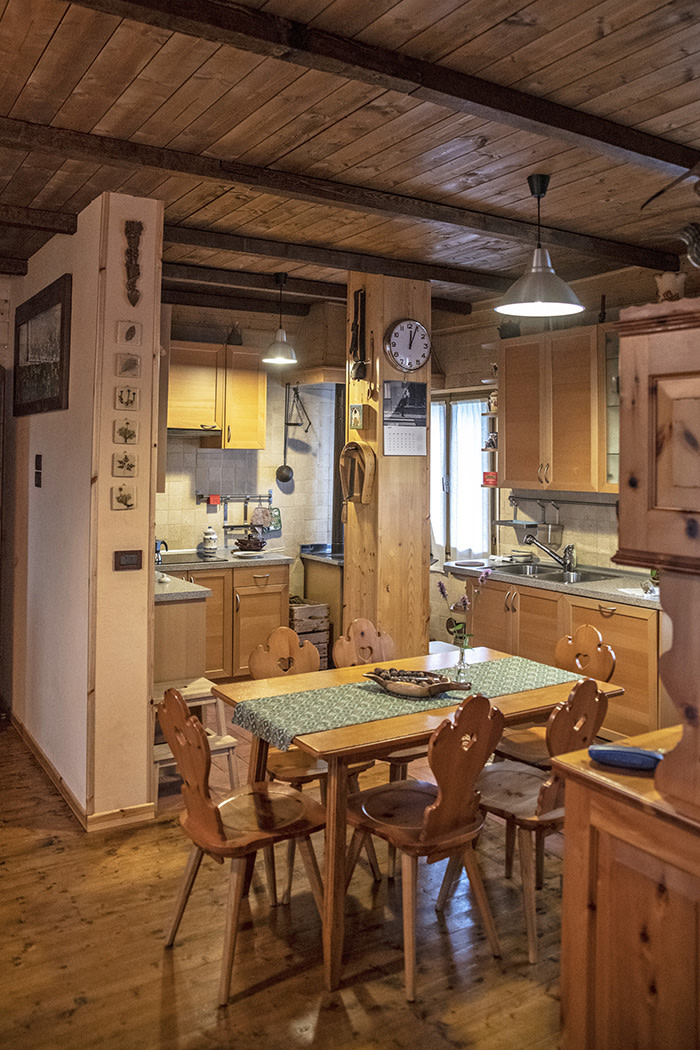
Montecchio is keen to share his research and challenge what he sees as the habitual cutting and pasting of outdated or incorrect information on trees that circulates on social media platforms. He calls the perpetrators “Karaoke people”. “Therefore I thought it was time to start a blog, which I have called Alberi Esperti — clever trees.” Through the blog Montecchio aims to “talk about trees in the correct way, with a scientific basis but accessible for everyone”.
Despite his peripatetic life, at home in the forest with Monica is clearly where Montecchio feels most at ease. “When I wake in the mountains the first thing I hear is the birds singing — it’s my therapy.”
Favourite thing

Montecchio selects an album by Eric Clapton called Unplugged.
“Monica and I met by chance during a new year’s party, on 31st of December 1992. Same hobbies, movies, travels, books and music, but no friends in common — fantastic. Two days after, we took a walk but it was too cold. Then we entered a record store and bought that CD, and it became our daily soundtrack.”
“Which song? All of them, but in particular the first track, ‘Signe’, which I play on my guitar.”
“After a week I moved into her house, and after four months we bought a house. Yes, like in the movies.
“I know I can buy a new CD everywhere. But I am talking of that one, because our love started with it.”
Matthew Wilson is a garden and landscape designer and horticultural consultant
Lucio Montecchio’s blog can be found at www.alberi.blog .
Follow @FTProperty on Twitter to find out about our latest stories first. Subscribe to FT Life on YouTube for the latest FT Weekend videos
Comments